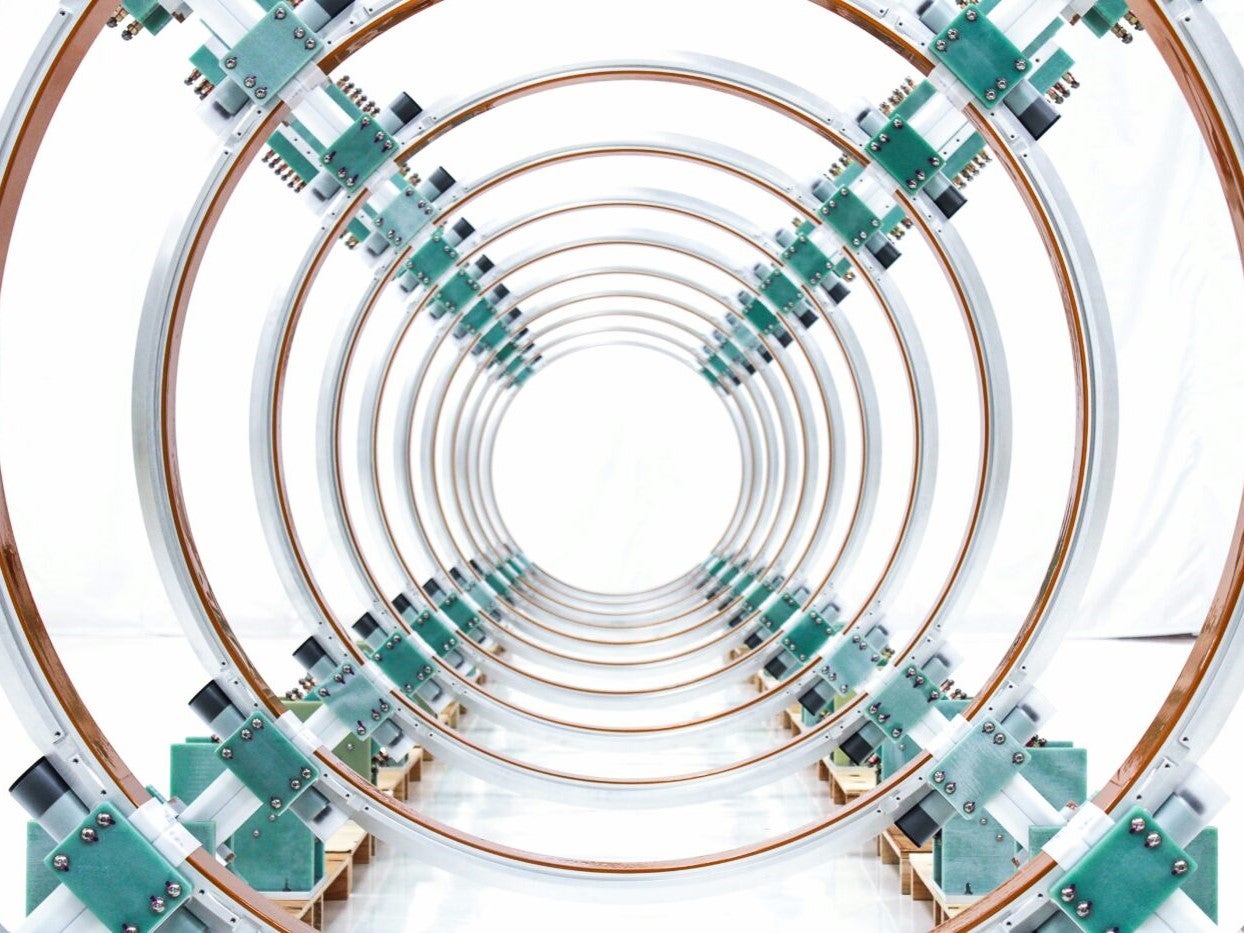Nuclear fusion milestone achieved in huge boost for near-limitless clean energy
‘Holy grail’ of clean energy requres no fossil fuels and leaves behind no hazardous waste
Your support helps us to tell the story
From reproductive rights to climate change to Big Tech, The Independent is on the ground when the story is developing. Whether it's investigating the financials of Elon Musk's pro-Trump PAC or producing our latest documentary, 'The A Word', which shines a light on the American women fighting for reproductive rights, we know how important it is to parse out the facts from the messaging.
At such a critical moment in US history, we need reporters on the ground. Your donation allows us to keep sending journalists to speak to both sides of the story.
The Independent is trusted by Americans across the entire political spectrum. And unlike many other quality news outlets, we choose not to lock Americans out of our reporting and analysis with paywalls. We believe quality journalism should be available to everyone, paid for by those who can afford it.
Your support makes all the difference.Scientists have achieved a net energy gain in nuclear fusion for the second time, marking major progress towards realising the potential of the near-limitless energy source.
A team at the Lawrence Livermore National Laboratory in California, who first achieved the feat last December, claimed to have passed a new milestone with fusion ignition by producing even greater energy output than the original experiment.
The nuclear fusion process has been described as the “holy grail” of clean energy, as it requires no fossil fuels and leaves behind no hazardous waste. Instead it mimics the natural reactions that occur within the Sun, though harnessing its potential has puzzled scientists since the 1950s.
Achieving nuclear fusion ignition is a crucial step towards building commercial power stations, though the technology needs to be significantly scaled up from the current experiments for it to be a viable energy source.
The first ever successful fusion energy gain experiment on 5 December, 2022, used lasers to fuse two light atoms into a single one, releasing 3.15 megajoules of energy from 2.05 megajoules of input.
Researchers described the milestone as “one of the most significant scientific challenges ever undertaken by humanity” that would “enable the next steps toward clean fusion energy for the future”.
Scientists that were not involved in the fusion experiments said the advance had profound implications for the future of the planet.
“We are witnessing a moment in history: controlling the power source of the stars is the greatest technological challenge humanity has ever undertaken,” said physicist Arthur Turrell.
“This experimental result will electrify efforts to eventually power the planet with nuclear fusion – at a time when we’ve never needed a plentiful source of carbon-free energy more.”
A spokesperson for the Lawrence Livermore National Laboratory said the final results of the latest experiment are still being analysed. The lab plans to present the results at upcoming scientific conferences and in peer-reviewed journals.
Several companies are already investing heavily in nuclear fusion, with Microsoft making the world’s first purchase agreement earlier this year.

The US tech giant made the deal with Helion Energy, which aims to set up a nuclear fusion power plant within the next five years despite the challenges remaining to make it commercially viable.
Helion chief executive David Kirtley said at the time: “We still have a lot of work to do, but we are confident in our ability to deliver the world’s first fusion power facility.”


Join our commenting forum
Join thought-provoking conversations, follow other Independent readers and see their replies
Comments